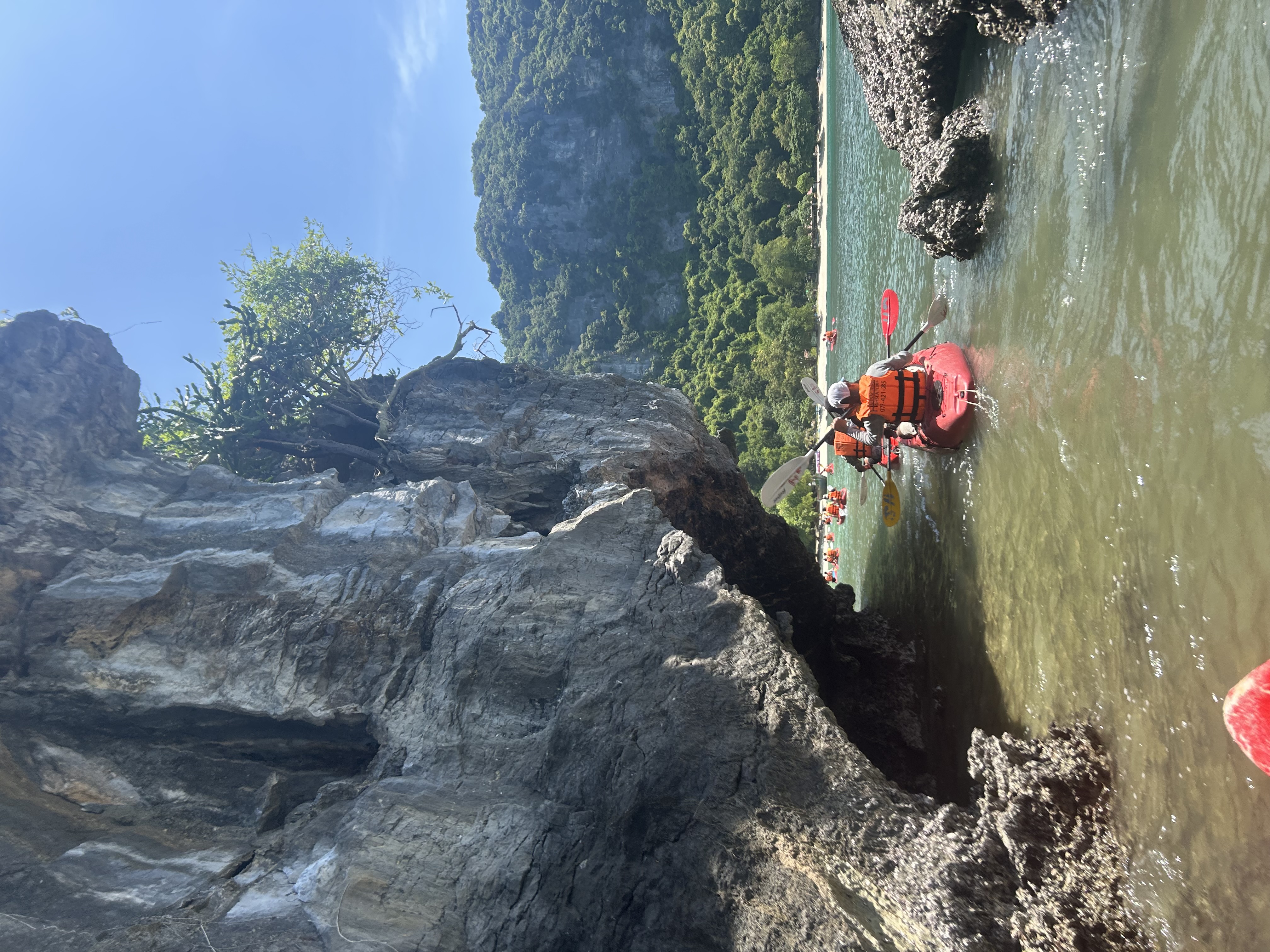Energy
Cards (66)
- What can thermal energy be transferred from one substance to another through?
- How does conduction occur?
- What is convection?
- In what state of matter does convection occur?
- What results from the movement of warmer particles in convection?
- When does radiation occur?
- What type of wave is infrared radiation?
- How can infrared radiation pass through a vacuum?
- What are the three methods of thermal energy transfer?
- How do conduction, convection, and radiation differ in thermal energy transfer?
- What type of currents do warmer particles create in convection?
- What is the primary characteristic of conduction?
- What is the role of infrared radiation in thermal energy transfer?
- What happens to particles during conduction?
- How does convection differ from conduction in terms of particle movement?
- If a substance emits infrared radiation, what type of energy transfer is occurring?
- What is the primary medium for conduction to occur?
- Why can infrared radiation travel through a vacuum?
- What is the significance of convection currents in thermal energy transfer?
- what is specific heat capacity?
- Why is lubricating the moving parts of a machine a good way of reducing energy dissipation?
- state the law of conservation of energy
- What is kinetic energy?
- What is elastic potential energy?
- What is gravitational potential energy?
- What happens when work is done?
- What is power?
- What is efficiency?
- how is energy wasted?
- What is a conductor?
- What is an insulator?
- What is thermal conductivity?
- What is work in physics?
- How is work done calculated?
- What units are used to measure work done?
- What does energy transferred equal when work is done?
- What is the unit of power?
- What is the relationship between power and energy transfer?
- What is the equation for calculating power?
- What does one watt equal in terms of energy transfer?
